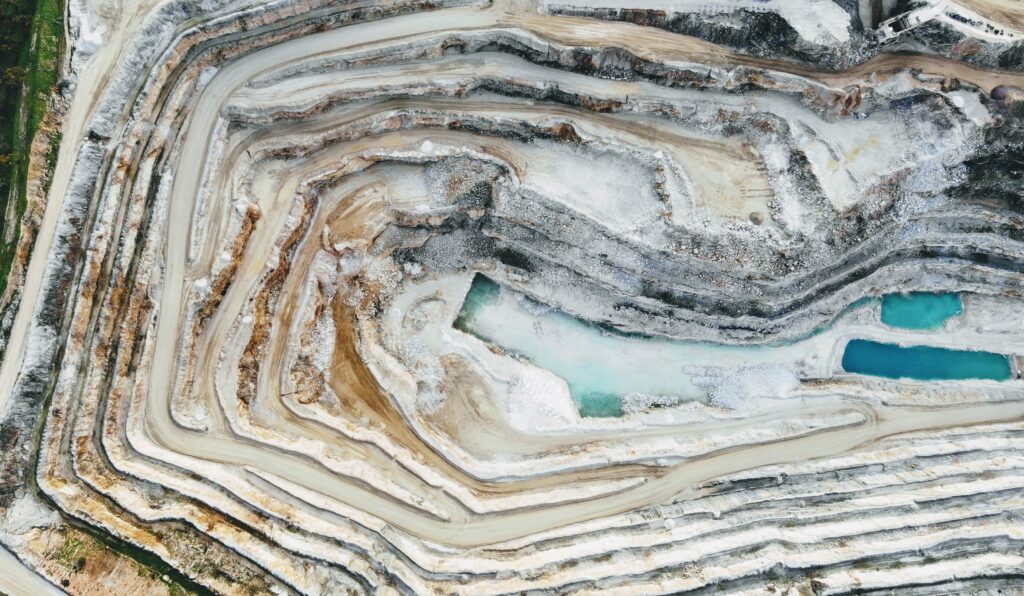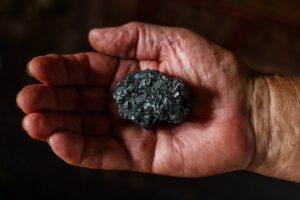If you are required to report conflict minerals in your supply chain, you are likely familiar with the Conflict Minerals Reporting Template (CMRT) which was developed by the Responsible Minerals Initiative (RMI). The CMRT is a reporting tool used to transfer data through the supply chain to ensure the 3TG (tin, tungsten, tantalum and gold) contained within products are responsibly sourced.
In October of 2021, the RMI went a step further in facilitating due diligence in conflict minerals reporting by releasing the Extended Minerals Reporting Template (EMRT). With concern growing about the human and environmental impacts of mining minerals such as cobalt and mica, this template will help companies report the country of origin and smelters utilized for minerals beyond 3TG.
What Is the Extended Minerals Reporting Template?
Over the last several years, many companies have expanded the scope of their conflict minerals reporting to include more minerals. The 3TG minerals are not the only minerals that can come from conflict-affected areas, and both consumers and industries are recognizing the importance of responsibly sourcing these other minerals.
The EMRT enables companies to report minerals beyond 3TG. Right now, the EMRT specifically addresses cobalt and mica, but the template can be used for other minerals as well. As new conflict minerals are identified in the future, RMI plans to expand the template to include them.
This template is also a replacement for the Cobalt Reporting Template. While the Cobalt Reporting Template was helpful for companies looking to report data on cobalt, the EMRT has a more wholistic approach to conflict minerals reporting, allowing companies to track and report minerals of concern beyond cobalt.
Am I Required to Use the EMRT?
Although using the EMRT is voluntary, some customers may required it. Both the CMRT and EMRT are designed to facilitate conflict minerals reporting, but they are not required by regulatory agencies. Instead, they make conflict minerals reporting easier and more efficient, helping you survey your supply chain and answer due diligence questions necessary for compliance.
Starting due diligence for minerals beyond 3TG before your customer requires it will help you get ahead of the curve should they require it in the future. Additionally, you will be in a better position to be compliant if you are subject to future regulations.
Furthermore, implementing due diligence measures for cobalt and mica ahead of regulations shows your company’s commitment to ethical sourcing, making you more attractive to customers. The EMRT is a useful tool for achieving this.
Get Conflict Minerals Support
Regulations and requirements surrounding conflict minerals are likely to grow in the future. Constant improvement of your conflict minerals due diligence activities and policies will be key to your company’s success.
From surveying your supply chain to using the new Extended Minerals Reporting Template, Tetra Tech’s conflict minerals experts can help your company quickly attain compliance. We provide conflict minerals compliance training, reporting services and can help prepare your company for coming regulatory changes. Contact us today at [email protected] to see how we can support you.






